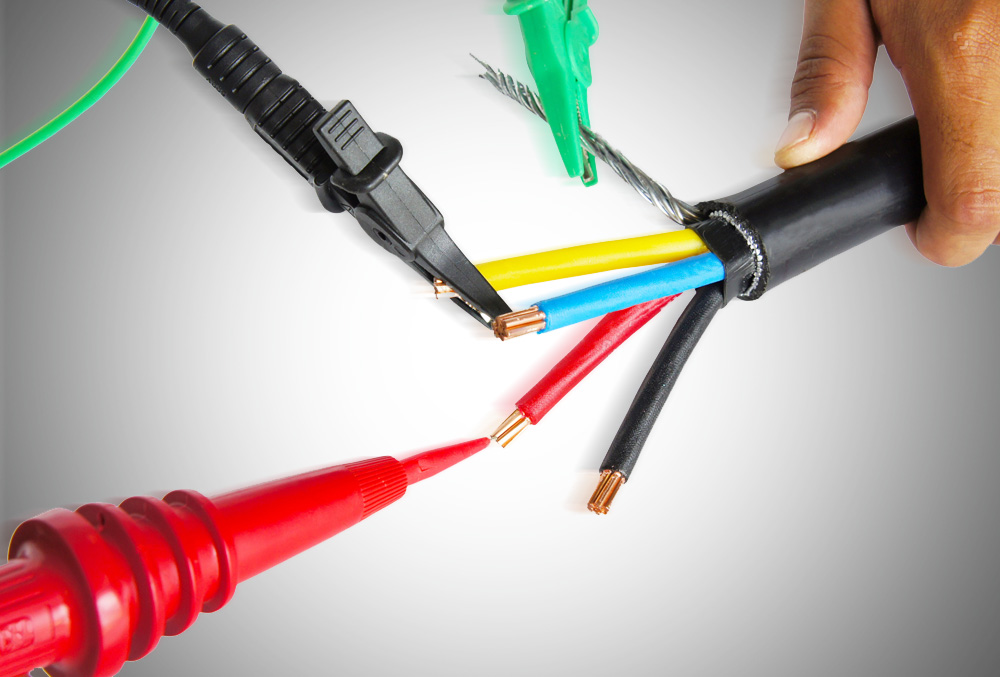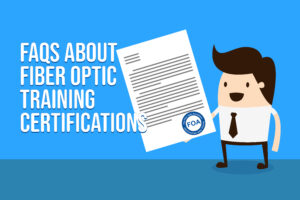As observed in the past decade, converting from copper cable to fiber optic cable is necessary and more budget-friendly. Sometimes it’s done to make new technology function properly. But whatever the case, the process of conversion is both easy and inexpensive.
Transferring to fiber optic cable is most often, the only technical answer. If you are working in a setting that is surrounded by electromagnetic interference (EMI), which includes: heavy machinery, welding tools, big motors, motor controls, or anything that uses high voltage electricity. Copper wires, even the best and most competent Category 5 or Category 6 will gather enough interference to prevent data transfer with low error rates. Fiber is not a conductor, so it doesn’t have any EMI pickup. That’s why high-voltage power transmission lines contain fiber optics in the middle.
Category 5e and Category 6 are only designed to run 100 meters (330 feet), but can be linked between buildings or in large plants that may go beyond that distance. Coax utilized in security television or CCTV systems are only around 300 meters (about 1,000 feet) long. Longer copper links need pricey repeaters and have depleted signal integrity. Connections that provide up to 100 megabits per second consists of lengths from2 km (6,600 feet) to hundreds of kilometers. Gigabit links may be used for shorter lengths, typically 250 to 550 meters (about 800 to 1,600 feet). Note that the length covered is much greater than copper. Campuses, industrial estates, and large facilities such as airports use huge lengths of fiber optic cable to link widely areas.
Fiber Optic Cable Is Secure
Security is very crucial to the government and military which fiber optic cable provides. The reason is because fiber is very difficult to jam or tap. Data transmitted by fiber is safe even with no encryption involved. Since it does not need any repeaters, it is totally more reliable than copper cable. Aside from that, it emits no traceable signals, so it doesn’t give away any clue of its existence or location. All of these important security concerns are the reasons why every military and government agency use fiber optic cable.
Fiber Optic Cable Saves Cost
Fiber can be the most pocket-friendly choice for simple premises networks, as well. Based on certified fiber optic trainers, an all-fiber network removes the need to have traditional telecommunications closets, which is very pricey because duet to the cost needed for space, power grounds, and air conditioning. An intelligently planned all-fiber network can be more economical than the usual backbone/horizontal cabling setup needed for copper cable.
No matter if fiber optic cable is a technical need or a proven way to save money, you must change the network equipment to fiber. Most desktops are available with an Ethernet connection of 10 or 100 Mbps using Category 5 cabling, but can be switched to fiber with a plug-in network interface card. Affordable hubs are made for Category 5.
A best practice is to convert from Category 5 to fiber optic cable using “media converters.” There are many types to choose from, depending on your needs based on network type, link speed, or even distance.



